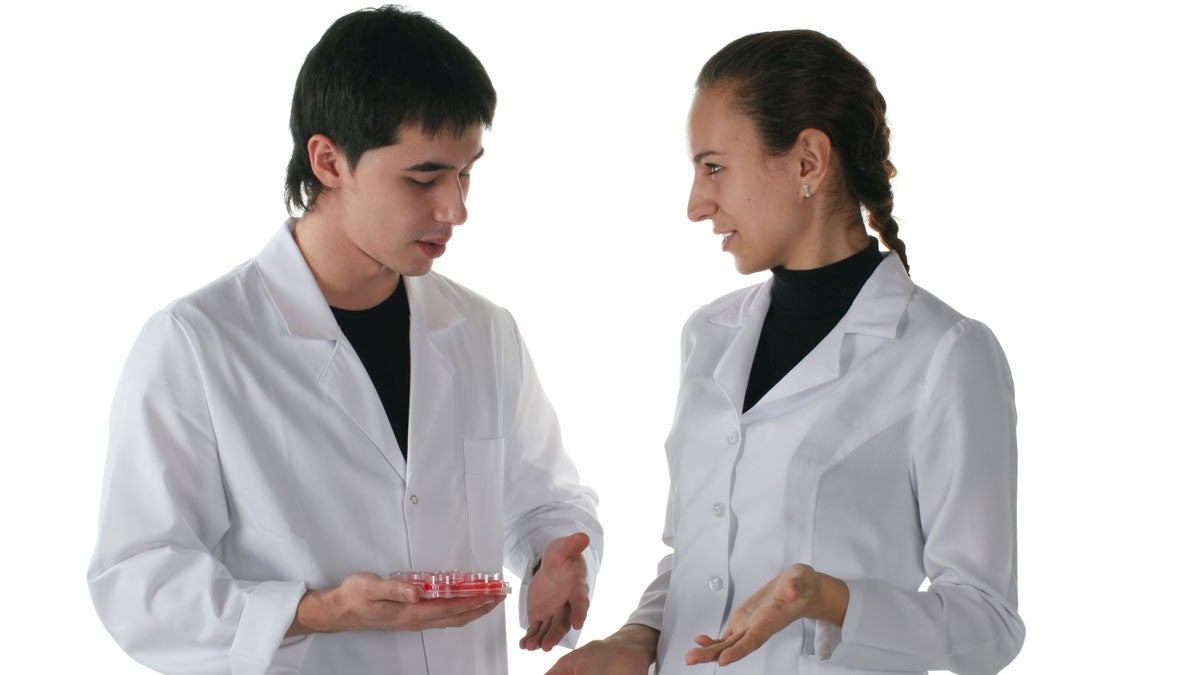Rise in med school enrollments not enough to meet doctor shortage
 Photo via ShutterStock) " title="shutterstock_40805248" width="1" height="1"/>
Photo via ShutterStock) " title="shutterstock_40805248" width="1" height="1"/>
(Photo via ShutterStock)
This fall, a record high of more than 20,000 students enrolled in U.S. medical schools. Despite the rise, experts remain concerned about physician shortages.
According to the Association of American Medical Colleges‘ enrollment numbers released Wednesday, 22 percent more students began medical school this year than a decade ago, with a rise of 1.4 percent from the last year alone.
Part of that increase is courtesy of Temple University School of Medicine, where an unusually high number of students accepted offers in 2014. The newly opened Cooper Medical School of Rowan University is also slowly building up its class size.
But more M.D.’s do not necessarily translate into more practicing physicians.
According to Thomas Jefferson‘s David Paskin, the real bottleneck happens following graduation, when newly minted doctors train as residents. The federal government currently funds the majority of those positions — and the number is capped.
“It’s possible that young people could graduate from medical school and there not be a residency position waiting for them,” he said.
Simply raising the cap, though, isn’t likely to solve the problem.
“Even if we increase the cap at this point,” said Temple University Medical School dean Larry Kaiser, “there will still be a significant discrepancy between the demand for physicians — especially primary care physicians—and the supply that will be available.”
The Association of American Medical Colleges has predicted a shortage of 90,000 doctors in the U.S. by the year 2020, with about half of those in primary care.
“Many of us believe that we’re not going to be able to meet that shortage by educating more physicians, and that what we’re going to have to think about as a nation is delivering care in different ways,” said Cooper Medical School dean Paul Katz.
Filling the void, he said, will be health professionals such as nurse practitioners and physician assistants.
To better reflect that reality, Katz said his school, which accepted its first class in 2012 and has yet to have any graduates, has focused on teaching team approaches to clinical care.
WHYY is your source for fact-based, in-depth journalism and information. As a nonprofit organization, we rely on financial support from readers like you. Please give today.

